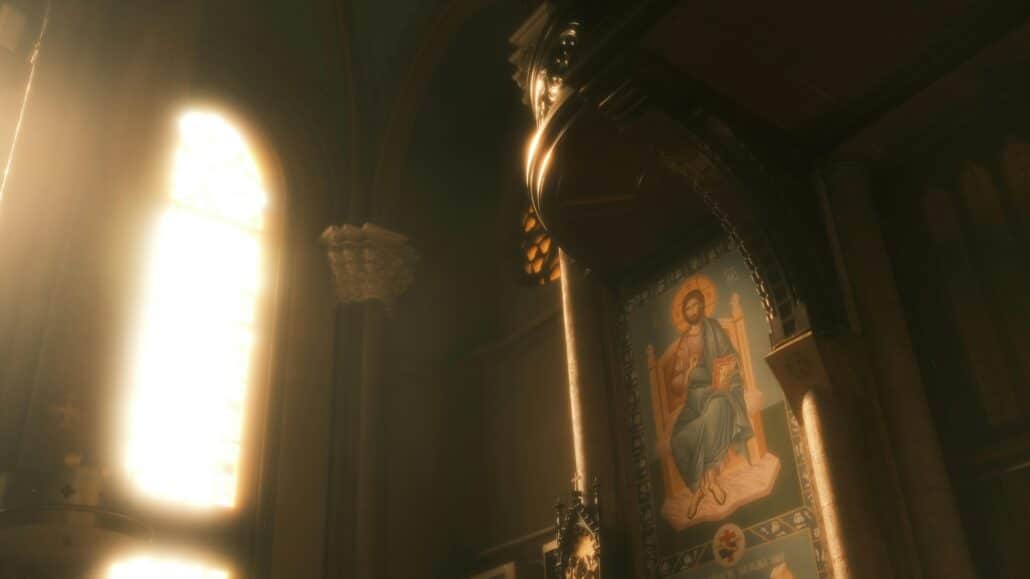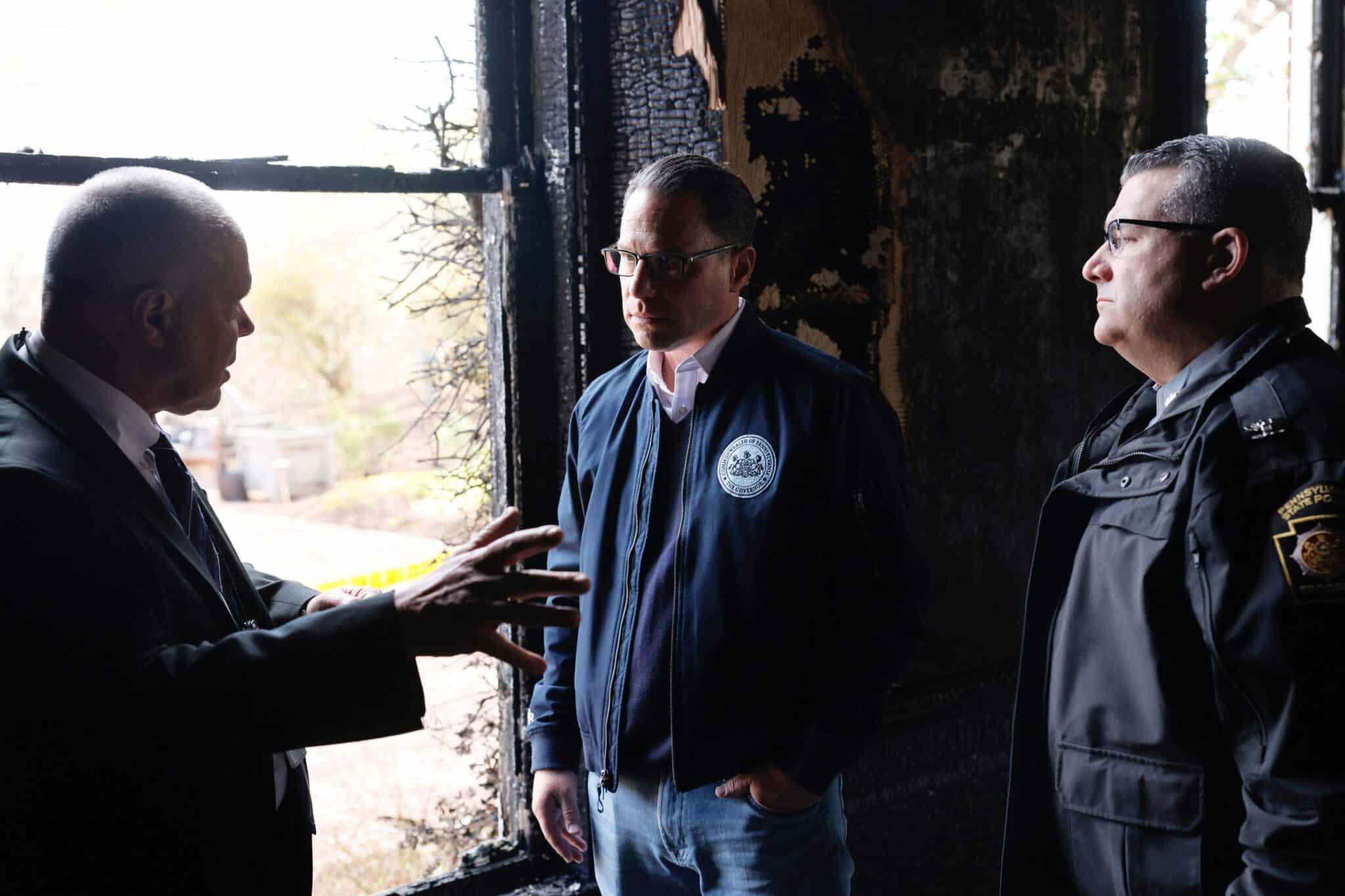The Resurrection of Christ is at the center of our faith. Paul affirms: “If Christ has not been raised, then our preaching is in vain, and your faith is in vain” (1 Corinthians 15:14). The Church devotes eight days of worship to retelling the Resurrection narratives. From Easter Sunday to the following (Low) Sunday the readings at Masses present one by one the many New Testament accounts of the appearances of the risen Lord.
Our four Gospels, written thirty to seventy years after the Resurrection, tell us what happened in different ways—so different that the Church wisely does not combine them all into one picture or prefer one Gospel account over the other. Each Gospel narrative should be allowed to contribute its own wealth to what we know and believe about the risen Christ.
Our Christian ancestors spoke about the Resurrection long before they wrote about it. The first believers proclaimed the truth by word of mouth in forceful slogans and exclamations: “The Lord was raised indeed, and has appeared to Simon [Peter]” (Luke 24:34).
In Jerusalem in particular, biting challenges associate the crucifixion and the Resurrection: “You crucified this Jesus…but God raised him up” (Acts 2:23-24; 4:10; 5:30-31; 10:39-40).
As vivid as these proclamations were, the story form proved to be a more effective way of conveying the full impact of the Resurrection. The association between the crucifixion and the Resurrection needed to be fleshed out in a dramatic way so that those who were not present in Jerusalem could understand what God had done in making Jesus victorious over death. Consequently, the Gospel stories are quite different from the brief formulas preserved for us from the early preaching.
These brief, spoken formulas never mentioned the finding of Jesus’ empty tomb. Yet in all four Gospels the empty tomb becomes the important link between the crucifixion and the Resurrection—as the site of the revelation that Jesus has conquered death.
The appearance of the risen Jesus led Christians to a faith that enabled them to look back and see that the empty tomb itself already could be understood as a revelation that Jesus was no longer dead. Accordingly, in all four Gospels an angel or angels appear at the tomb to make the meaning of the empty tomb crystal clear. The Gospels vary in their descriptions of the angel(s), whether there are one or two, and whether they are outside or inside the tomb, sitting or standing. These are the variations to be expected in a story transmitted orally. But the basic message of the angels is the same: Jesus is no longer in the tomb because he has been raised!
The empty tomb and the appearances of Jesus, then, are the two basic components of the Gospel narratives. They are reported in such a way that each casts light on the other to give a fuller understanding of the Resurrection.
There can be little doubt that the preached tradition included a number of appearances; yet these were past and continued no longer. Where and when did they occur? What took place during them? And when did they stop? None of that is specified. The Gospel stories answer those questions, but the answers sometimes vary.
Here we encounter most clearly the pastoral genius of the evangelists. Each was addressing a different audience, and in recounting Jesus’ public ministry each had emphasized aspects that spoke to the need of that special audience. Accordingly, each evangelist draws something from the tradition of the appearances of the risen Jesus that ties in clearly with what has been recounted in the body of his Gospel. Thus the readers (or hearers) of the Gospel could see how the Resurrection fitted consistently into the whole portrayal of Jesus.








